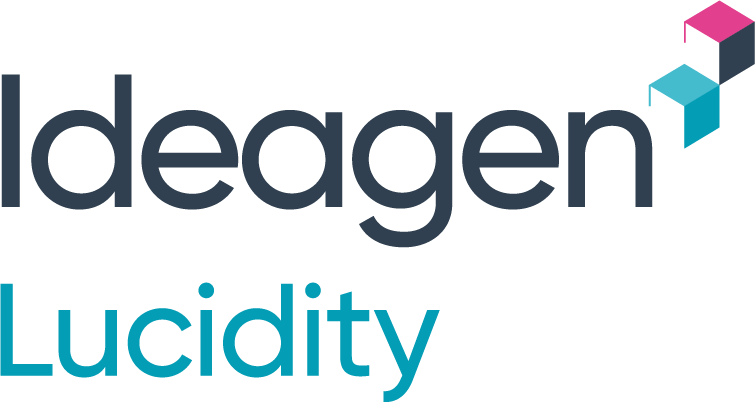#Burnout # emotionalexhaustion #fatigue #languishing
During Covid lockdowns, these words appeared more frequently on social media, on the news, and in conversations with loved ones. And many of us, at some point, could identify with at least one. Since the Covid-19 pandemic, mental health claims have skyrocketed, with some providers seeing a rise of over 35% in mental health claims in 2021.
Mental wellbeing has long been a prominent issue in modern society. Still, covid seemed to highlight and bring it to the forefront of our personal lives and our workplaces. As businesses start to recognise their duty of care for their staff, many have started to find better ways to support their most important assets - their people.
In Australia, one in five will suffer from some form of mental illness every year. More than 55% of employees who go on leave because of psychological injuries are still away from their jobs after six months, compared with just 23% with physical injuries.
Psychosocial hazards are aspects of work that have the potential to cause psychological or physical harm. Things such as bullying, mental fatigue, remote or isolated work, workplace violence or customer aggression, unsafe practices and unrealistic workloads can contribute to unhealthy workplaces. A safe and healthy work environment is fundamental to the success of your operations and, importantly, the wellbeing of your workforce. It's essential for the physical wellbeing of your workforce, but it's also vital for their mental wellbeing.
Building a sense of connection between workers, showing value in their work and having healthy relationships all have significant impacts on the mental wellbeing of employees and see teams work together better. Some effects of unhealthy work practices:
- Focus: Mental health can affect one's ability to keep focused and on task. Engagement levels may drop as our minds tend to wander when we are worried, and it can be difficult to change current thoughts and emotions. This affects the overall workflow of the business, like pausing or refixing jobs.
- Productivity: If people feel low, accessing behavioural skills like creativity and resilience is complex and can significantly lower efficiency. Mental health can negatively affect employees’ performance in executing jobs efficiently. This can occur through simple mistakes that build on frustration or major mistakes impacting a life.
- Physical: Mental health can broadly impact daily activity and physical capability. This can lead to absence or extended leave, leaving your business one person down and ultimately slowing down the overall job.
- Communication: It can be challenging to communicate appropriately if someone is struggling. It is common to see people misinterpret or overreact to situations that wouldn't have previously bothered them. Relationships at work can be significantly affected, and if support is not provided, it can create a negative work environment for everyone.
- Decision-making: Poor decisions can easily be made when minds aren’t clear or focused on the job at hand. This can lead to injuries or fatalities if procedures are neglected or not followed correctly.
Published in June 2021, ISO 45003 is the first global standard that provides specific guidance on the management of psychosocial risks and promotion of wellbeing at work in a manner consistent with other health and safety risks in the workplace.
While some jurisdictions have codes in place, ISO 45003 provides a helpful guide to assist businesses in complying with their responsibilities under WHS law.
- Identify psychosocial hazards
- Are there underlying issues such as bullying, unsafe practices
- Ask your staff if their needs are being met and do they feel supported
- Are workloads reasonable?
- Assess and prioritise psychosocial hazards and risks
- Who is most at risk
- What needs to be addressed first (where is the most significant risk)
- Assess the effectiveness of current controls
- Review process from identity to managing regularly
- Identify how quickly risks are identified
- Seek independent audits
- Collect and review information regularly
- Respond to reports of psychosocial risks and hazards
- Investigate the incident
- Record risk management processes and outcomes
- Support each other in returning to work
Sonder.io - A Simple Overview of ISO 45003
A detailed WHS plan that addresses the physical hazards and the psychological hazards can significantly impact the success of your operations.
If your workers feel safe at work and are supported with a safe work environment and they can return home in one piece, their mental well-being will most likely be better.
A WHS plan and a safety-first culture articulated to all workers and widely adopted will help alleviate uncertainty around work environments and is a good starting point.



